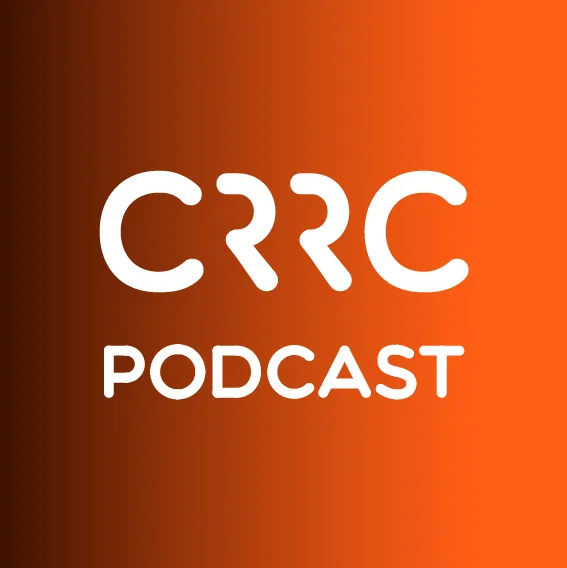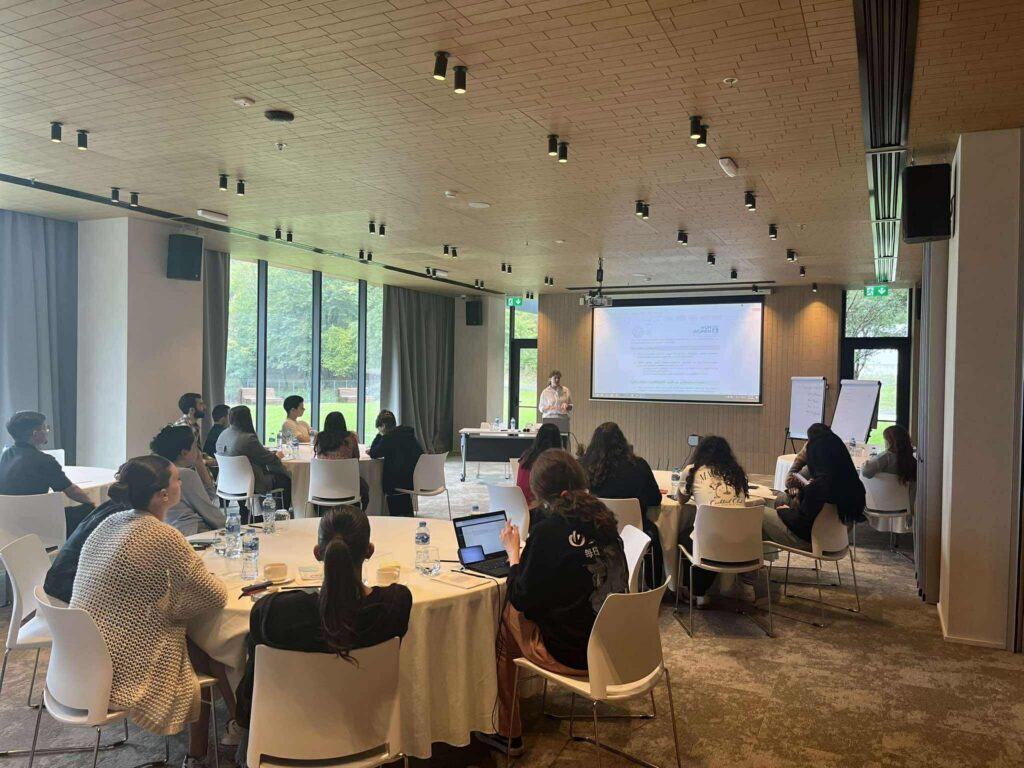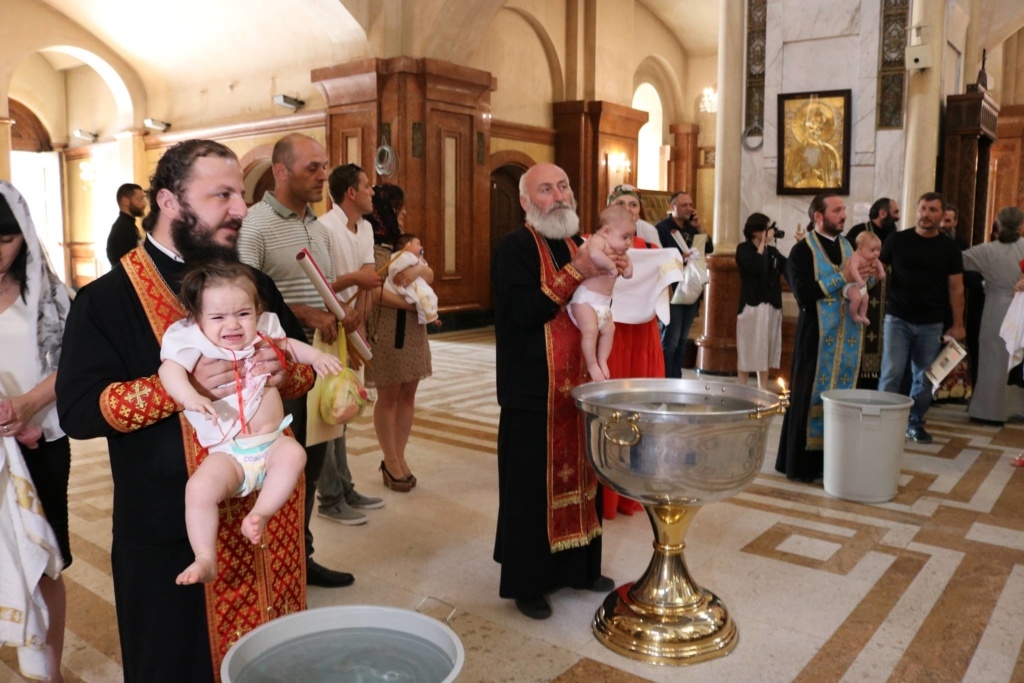How does the Georgian media frame the conflict in South Ossetia? This is what Badri Koplatadze, who teaches journalism at GIPA, examined in a study. Not many surprises here, but we get a better sense of how the Georgian media approaches its reporting. Koplatadze analyzed 150 articles, published throughout the summer of 2004, when the most recent flareup of this conflict happened.
So what key words, sources and frames are being used? As the study shows, there’s a lot to analyze.
This starts with the contested question of who the parties are: 48% of the analyzed articles (from the main three Georgia newspapers, 24 Saati, Rezonansi, Akhali Taoba) see this as a Georgian-Ossetian conflict. At the same time, 42% of the articles actually refer to this as a Georgian Russian confrontation (which obviously has implications for who you think should be sitting on a conference table, and may be reflected in the Georgian government’s apparent strategy of “unfreezing by internationalizing”).
And what do they call the conflict zone? 48% of articles talk about the conflict in the “Tskhinvali Region”, whereas 42% call it South Ossetia, and only very few will refer to it as “Samachablo”, its original Georgian name.
Did the Georgian media get all sides of the story? Not really: only 26% of the stories actually quote Ossetians’ comments. The most frequently cited were Georgia law enforcers. (Presumably they were also most easily accessible to Georgian journalists.) Similar issues about accessibility may have influenced the selection of photos: 71% of research articles were supplemented by a photo, but these primarily depicted representatives of the Georgian government.
There is quite a bit more and details of the study again are online. I’m told it’s based on so-called “frame theory”, which is one of the ways of systematically analyzing texts for how they conceptualize an issue. See crrc-georgia.org for more, or write to us.








